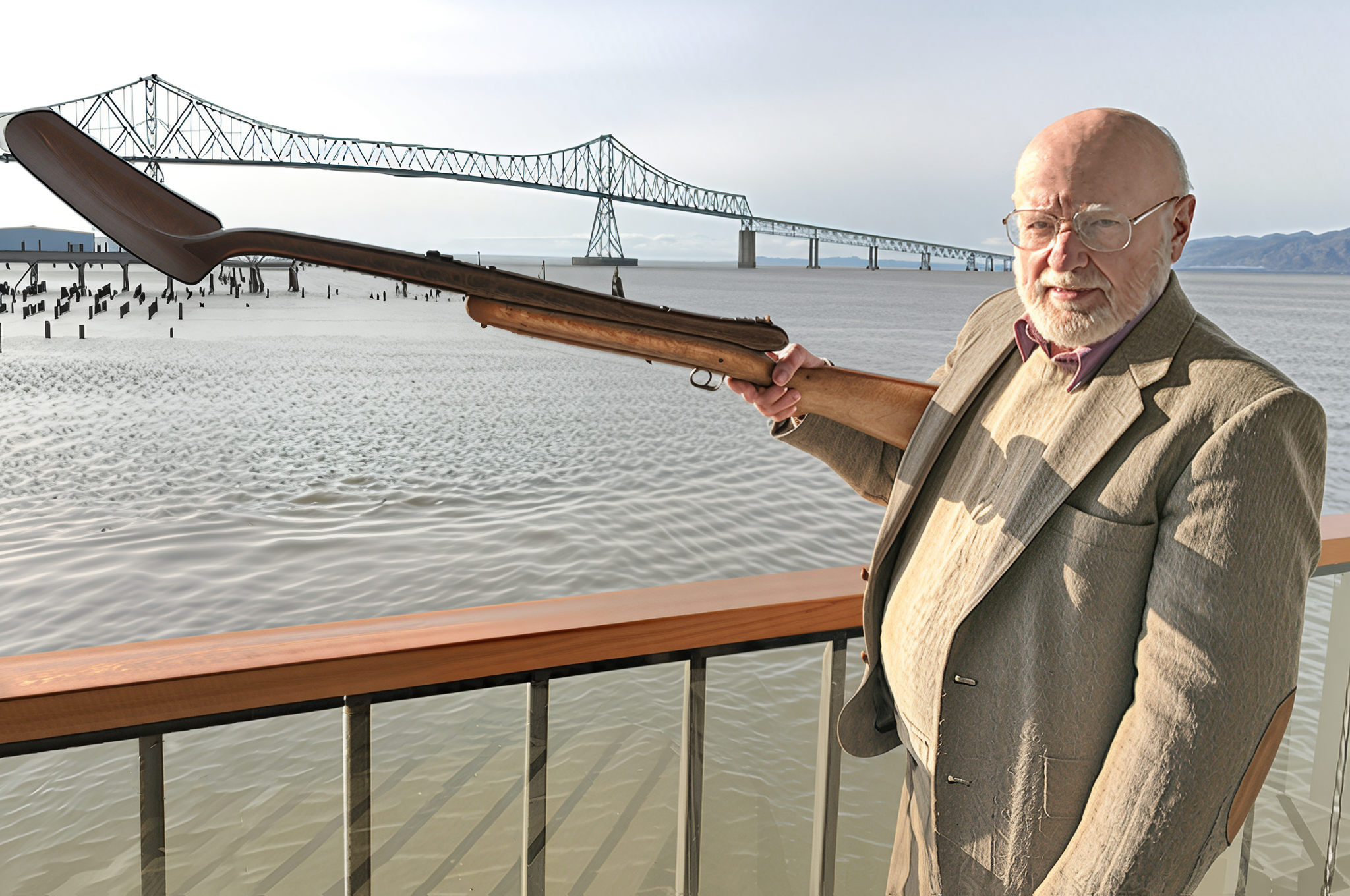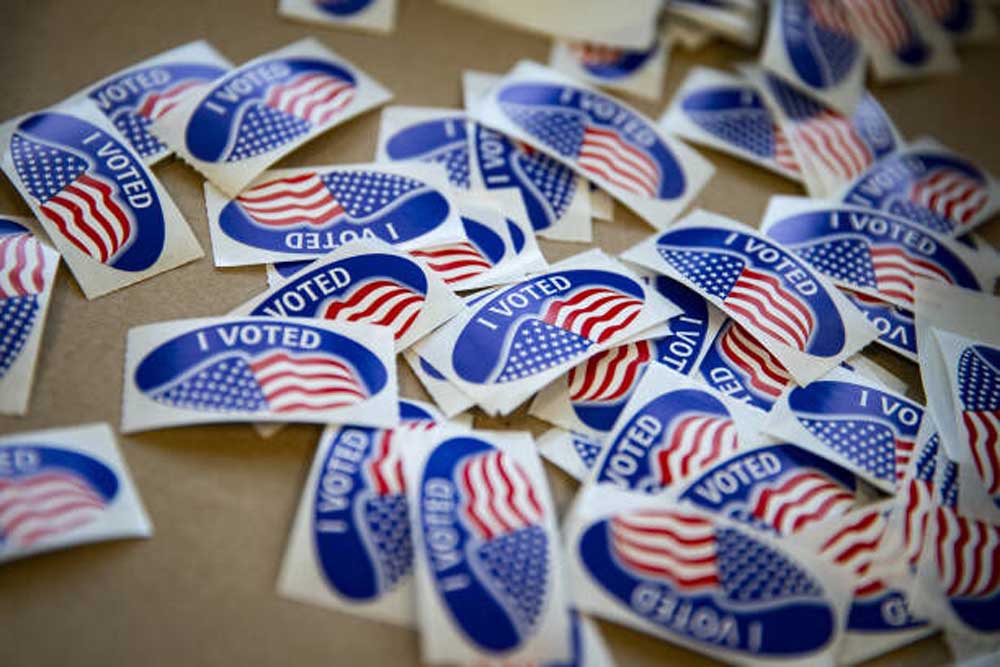Tariffs, trucking regs throw a curve at Clatsop wreath business
Published 6:37 am Wednesday, September 26, 2018

- A worker prepared canella berries, a decorative berry used in holiday wreaths, at Fernhill Holly Farms on Wednesday, Aug. 28.
A conversation with Conrad Timmerman, president of Fernhill Holly Farms:
The business started in 1955, how has it changed or evolved since then?
“We’ve grown quite a bit. When we bought the business (from mother Norene Timmerman) in 1979, it was pretty small and we were only doing holly products. We’ve added the evergreens and expanded a lot since those days in regard to the things we make and areas we distribute.”
The first shipment (in 1955) was 250 pounds of holly. How much are you distributing now and how has your inventory changed?
“Today we have different products we offer as opposed to those days when it was all holly products. Now we have evergreen wreaths, garlands, bunches, bouquets, centerpieces, swag, door charms, etc. We make 6,000 to 7,000 wreaths a day.”
Who are your biggest customers?
“We started out in the wholesale florist business but we’ve branched out to mass markets and grocery store chains. We supply a lot of nursery chains. We still have some wholesale business but it’s more diversified than it used to be.”
What prompted you to branch out from only selling holly products?
“We introduced new things to get into other markets. We use different types of unique displays that nobody else has.”
Has the fundamental construction of a wreath changed over the years?
“No, we’re one of the few that still hand tie the wreaths. We do everything by hand as opposed to machines. Most have gone to machine, using a crimp style, but the wreath doesn’t lay as nicely. You can see how ours are very uniform.”
Hanging a wreath on our door before the start of the holiday season is a tradition for many. Is the tradition still popular? And how has the demand and marketing changed for the products you offer?
“We sell more wreaths than we used to. The way things are marketed is different now. In the old days, a wholesale florist would buy from a company like us, then the wholesale florist would sell to a retail florist, then your mom would go in and get a wreath from a retail florist. Today, there are retail floral shops in every grocery store and the big-box stores carry stuff. We don’t sell to box stores.”
Do you consider the big-box stores your biggest competition?
“They have a big program… so yeah. It’s pretty competitive.”
Have online floral businesses (such as 1-800-Flowers) had an impact on business?
“No. We supply outlets like Amazon, which is a pretty good outlet. It’s one more avenue. Our direction is trying to diversify. We’re looking to move our production around so if there’s changes, we’re not hurt too bad. We introduced our own online store about five years ago and it grows every year. We see a lot of business from companies that are wanting to provide gifts for clients or employees.”
Did the recession (2007-09) have an impact on business?
“It did for a while, but by 2011 we were back to where we were. It didn’t last long.”
You mentioned making 7,000 wreaths a day. How many employees do you have?
“It varies, but we’re in the neighborhood of 300.”
How many are full-time?
“About seven.”
When is peak season?
“November. Everything pretty much has to be in the stores by December. Our business is pretty much finished by the first week of December. From January through September, we have different aspects we keep busy with. We rent some of our cold storage out to timber companies who are planting trees.”
Have there been any specific occurrences recently that directly impacted the costs to produce your products?
“This year one of our containers from China is subject to the (Trump) tariffs. The tariff was imposed when the container was on the water. I wasn’t happy about that. Insurance, fuel and wages are an issue. Everything is going up, nothing goes down.”
What has been the direct impact of the tariff?
“Twenty-five percent. That container is costing us 25 percent more than it would without that tariff.”
Have there been any new demands emerging?
“Yeah, it changes. We like the concept of collections. We have a collection of items that will be decorated the same way with similar items. We might, for instance, have a wreath, centerpiece, mantle piece, hanging basket and a porch pot that are all decorated in a similar fashion so that people can decorate their homes on a coordinated basis. The wreath on the door looks similar to the centerpiece on the table — that sort of thing. People like that. Trends change, but we try to stay ahead of them.”
Are there new items showing potential?
“One item showing momentum is the porch (planter) pots. They’re about 32 inches tall and you just put them by the door.”
What’s your biggest concern facing the business?
“The electronic log devices for truckers. They started last year in June. Truck drivers are very restricted as to what they can do. They can only drive so many hours. The electronic log can’t be fudged at all. It has caused truck rates to go up and up, because they can’t go as far as they normally could in a day. Before, it was four days to send things to the East Coast, but now it’s five days or six days. I get the concept that the electronic log is for safety reasons but ultimately, from a truck driver’s standpoint, they don’t like it because they’re the only industry that’s been impacted and restricted with how much overtime they can work. They don’t like it and it costs more here. There’s a ripple effect in all these things and that’s what worries me.”









